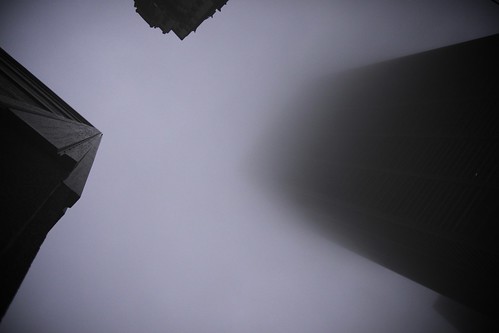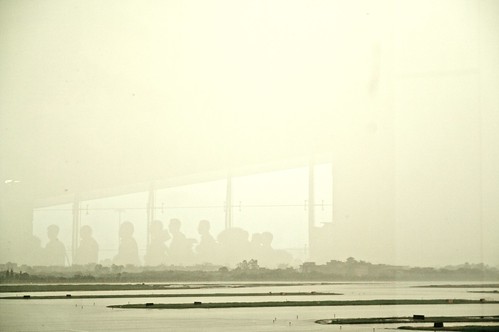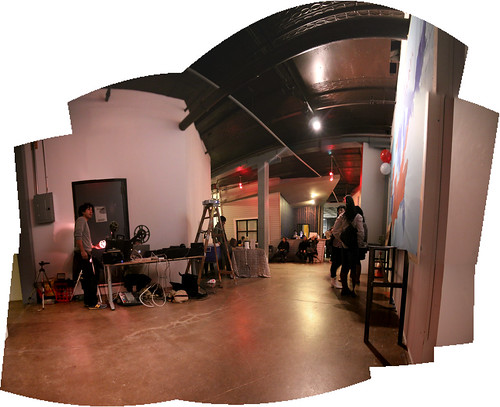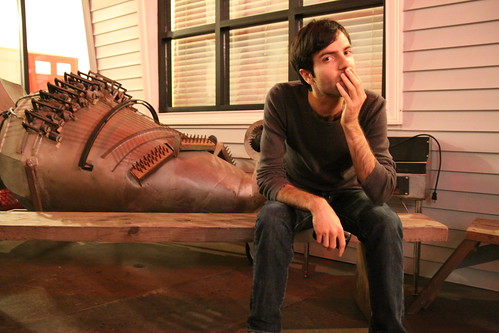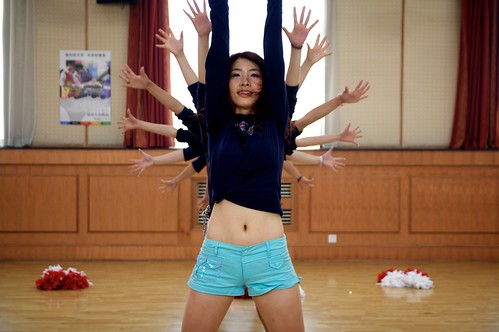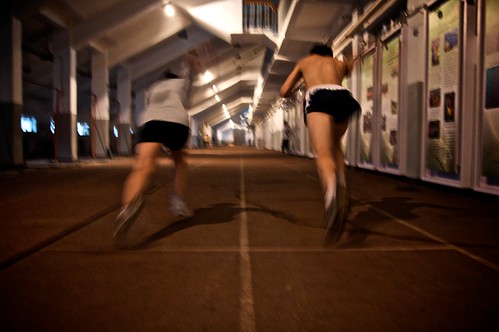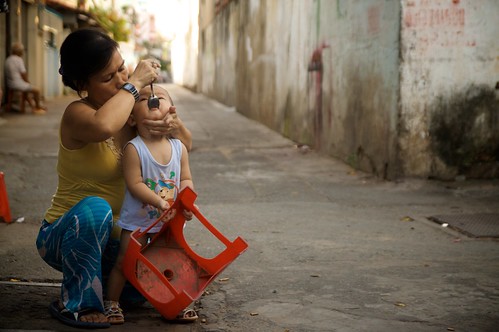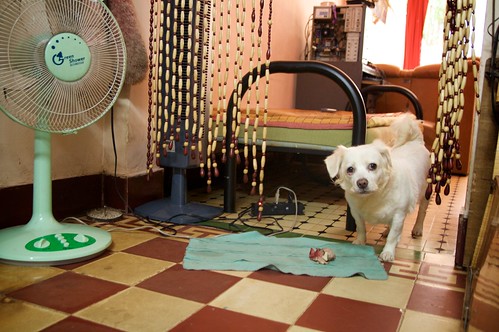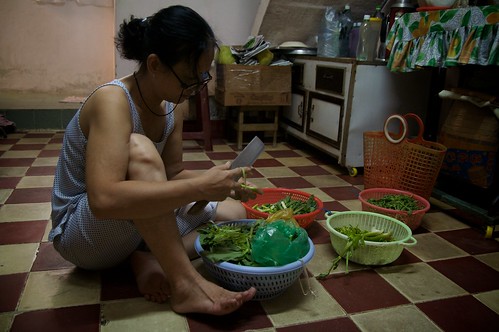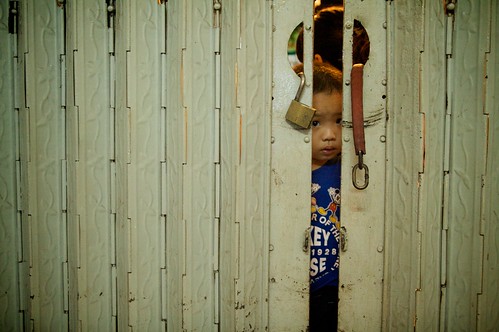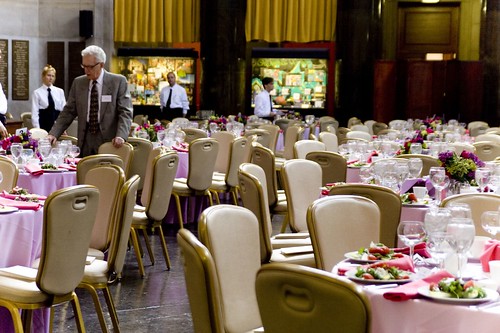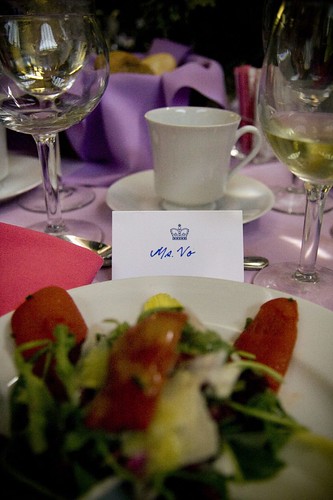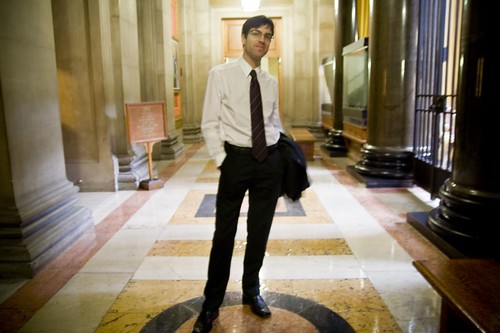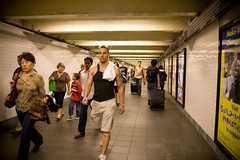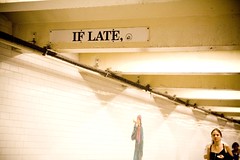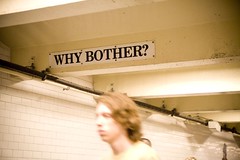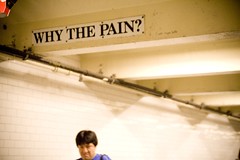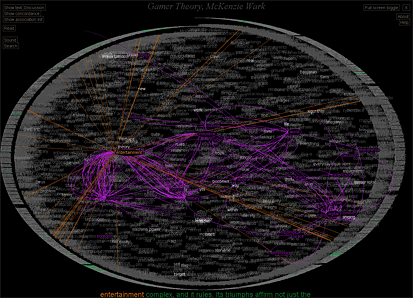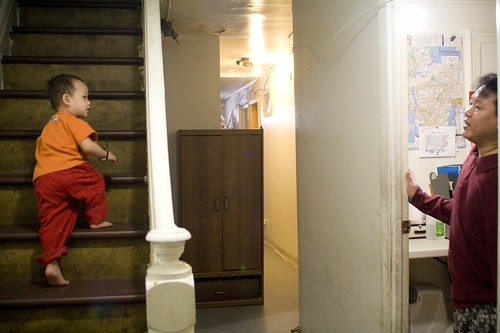Especially in an age where technology is even more readily available to kids, who dabble around on the keyboard with their nutella-smeared sausage fingers, it's easy to fall into a trance-like state while fiddling with software and become obsessed with making something look aesthetically pleasing.
But aestheticism is an essential part of documentary journalism... at least a big one. An awfully shot video, home video style with shaky hands and uncontrolled zooming, puts people off and in worst cases, deters from the content. And even aesthetics cannot rescue an image from an audience being unfazed with it because they have been over-saturated with images like that (to name a crude example, a starving child in Africa).
Magnum photographer Susan Meiselas more or less brings this up in an interview.
There is an ongoing challenge for us, as documentarians, to be committed and engaged, while at the same time innovative. I fear we have deadened out. [...]
Why aren't people interested in what we documentarians are passionate about? Why are we such a small ghetto?
Doing documentary work is not just building the relationship and shooting. It's also finding the spaces, be they magazine pages, books, or exhibitions spaces, to transform and present the world we see differently. [...]
The interesting question is, will there be a further extension of the vocabulary and the language of documentary? Can we go further than we've gone?
The need to aestheticize your work in innovative ways is challenging and necessary for the sheer financial survival of a visual storyteller as she says. And to extend her theory, the internet forces photographers/videographers not only to be innovative in style, they also need to figure out a way of being innovative within the framing/meshing of a story. Or it seems like their editors need to.
Meshing it up



One way I have seen some web outlets try their luck in being innovative is in the integration of the image with an interactive graphic, giving the easily distracted online audience a second visual stimulation. In other words, offer your viewer another spectacle to look at.
In this example, a video piece about Chinese architecture by Travis Fox on the Washington Post the dots on the map track the video content. So when the presenter speaks about a certain building or monument, the respective locations/dots on the map start pulsing to give the viewer an instantaneous understanding of where the video is placing them.
Eliminating distraction (not necessarily innovative)
A countermove to the aforementioned framing is reclaiming the space on the monitor, also known as real estate in web lingo. Something I have discovered recently is the way in which a lot of standalone projects reclaim the space on your screen by filling up the entire browser, if not even the entire screen. Branding, as you have it with news website through headers and surrounding links, becomes secondary and is mostly hidden somewhere in a corner of the layout.
Here in theplaceswelive.com, which I mentioned before, the photographer is taking full advantage of the real estate offered on a web browser.

In another web project, http://www.livehopelove.com, does something similar with a full screen option that blocks out even other applications (in case people feel tempted to switch to another application).

Image as a component
Additionally, I believe that animation have done a lot to transform the moving image.
This video from the New York Times uses still images and audioslideshows intermeshed. The images you see below are placed on a virtual map. once the images come in focus, the voices of each individuals give an opinion about the most recent presidential election.
I'm sure similar animations have been there before. But this model is, more or less, referring to recurrent features you see in the newspaper, interactive audio features.

All in all, it feels as if the image has been re-contextualized. It's similar to what happened with images once they were cut out, processed and placed in articles in magazines. Except that now there are much more possibilities of what an author can intermesh an image with. Interactivity and animation programs have infiltrated the realm of journalism. (Whoopie!)
In some ways, the image not only stands alone but can and often has become a larger component of a multi-faceted experience competing for attention with all the amateur-to-professional content the world wide web has on offer.
That is, if you have a good connection and the proper computer for it (the digital divide is a whole different issue, I will hopefully get into here one day).




